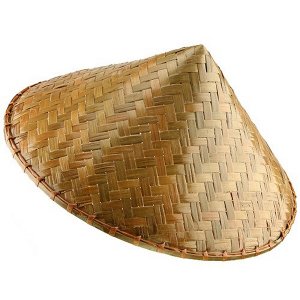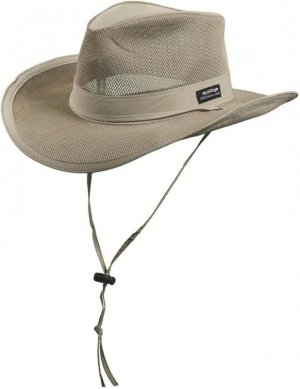In mainland China and Taiwan, it is called dǒulì (literally, a one-dǒu bamboo hat). In Japan, the hat is called sugegasa. In Indonesia, the hat is called caping, and in Korea it is called satgat and worn by Buddhist monks on the road.
In the Philippines, the name is salakot or saklat worn by farmers and nobles crafted with jewels or made of turtle shells and an addition of sharp pike on top. It was worn by native soldiers, particularly Tagalogs, Kapampangans, and Ilocanos of the Spanish Colonial Army during the later years of Spanish colonial period.
In Cambodia, that hat is called do'un.
The Assamese jaapi has a slightly similar look and is believed to be of similar origin.
In Vietnam, the name is nón lá (leaf hat). Images of it were embossed on Ngoc Lu drums about 2500 to 3000 years ago, with the conical hat originating from here and spreading to surrounding countries.












